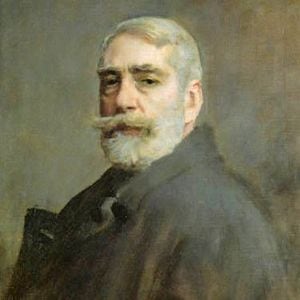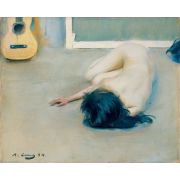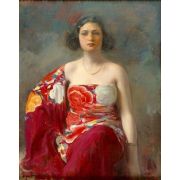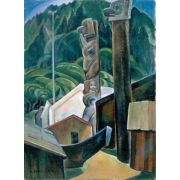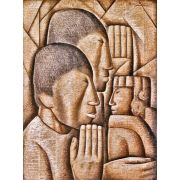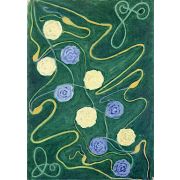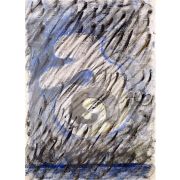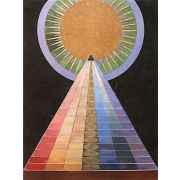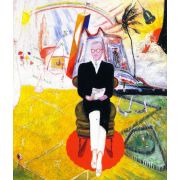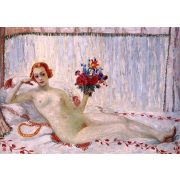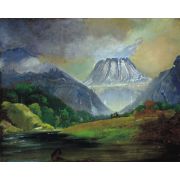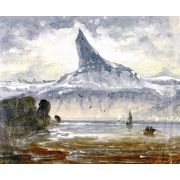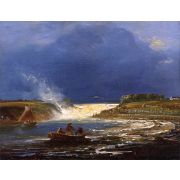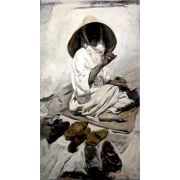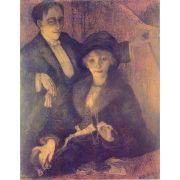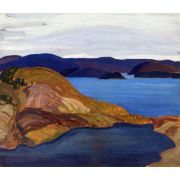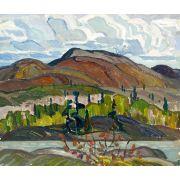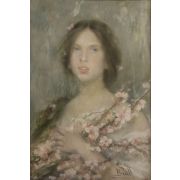
Modernism
Modernism
1 to 12 out of 12 artists
Ramon Casas y Carbó
1866 -1932, Spanish / Modernism and Impressionism, 348 works
Emily Carr
1871 -1945, Canadian, Female Artist / Modernism and Post-Impressionism, 215 works
Hilma af Klint
1862 -1944, Swedish, Female Artist / Abstract Art , Modernism , and Naive Art (Primitivism), 113 works
Florine Stettheimer
1871 -1944, American, Female Artist / Modernism, 66 works
Romualdo Locatelli
1905 -1943, Italian / Modernism , Orientalism , and Expressionism, 30 works
Alfred William Finch
1854 -1930, Belgian / Modernism and Neo-Impressionism, 18 works
Franklin Carmichael
1890 -1945, Canadian / Art Nouveau and Modernism, 14 works
Joan Brull
1863 -1912, Spanish / Symbolism , Art Nouveau , and Modernism, 5 works
Paul Nash
1889 -1946, British / Modernism , Surrealism , and Abstract Art, 161 works
Christopher Wood
1901 -1930, British / Outsider Art (Art Brut) , Modernism , and Post-Impressionism, 167 works
1 to 12 out of 12 artists
Modernism is a philosophical movement that grew out of large-scale and far-reaching changes in Western society in the late 1800s and early 1900s. It was influenced by cultural trends and changes as well. Modernism was shaped by things like the rise of modern industrial societies and the fast growth of cities, as well as the horror people felt during World War I. Modernism also disagreed with the certainty of Enlightenment ideas, and many modernists also didn't believe in God.
Modernism, in general, includes the actions and creations of those who thought that traditional forms of art, architecture, literature, religious faith, philosophy, social organization, daily life activities, and even the sciences were no longer helpful in the new economic, social, and political environment of a fully industrialized world. The poet Ezra Pound's 1934 call to "Make it new!" was a vital part of the movement's attitude toward what it saw as the old culture of the past, which had become irrelevant. In this way, its new ideas, like the stream-of-consciousness novel, atonal (or pantonal) and twelve-tone music, divisionist painting, and abstract art, all had roots in the 19th century.
Modernism is known for being self-aware and ironic about literary and social traditions. This often led to experimenting with form and techniques that brought attention to the methods and materials used to make a painting, poem, building, etc. Modernism rejects realism's ideas outright, using works from the past through techniques like reprise, rewriting, recapitulation, revision, and parody.
Some critics say that modernism is a way of thinking, with one or more philosophically defined traits, like self-awareness or self-reference, that run through all the new things in the arts and sciences. Most people, especially in the West, see it as a socially progressive way of thinking that affirms that people have the power to create, improve, and change their environment through experimentation, scientific knowledge, or technology. From this point of view, modernism called for a re-examination of everything, from business to philosophy, to find what was "holding back" progress and replace it with new ways to get to the same place. Others look at modernism from an artistic point of view. This makes it easier to talk about specific reactions to the use of technology in the First World War, as well as anti-technological and nihilistic ideas in the works of many different thinkers and artists, from Friedrich Nietzsche (1844–1900) to Samuel Beckett (1906–1989).
One critic says that modernism grew out of Romanticism's rebellion against the effects of the Industrial Revolution and bourgeois values: "The ground motive of modernism, Graff says, was criticism of the nineteenth-century bourgeois social order and its world view [...] the modernists, carrying the torch of romanticism." J. M. W. Turner (1775–1851) was one of the best landscape painters of the 19th century. He was part of the Romantic movement, but as "a pioneer in the study of light, color, and atmosphere," he "anticipated the French Impressionists" and, by extension, modernism "in breaking down conventional formulas of representation." However, he thought his works should always have significant historical, mythological, literary, or narrative themes.
